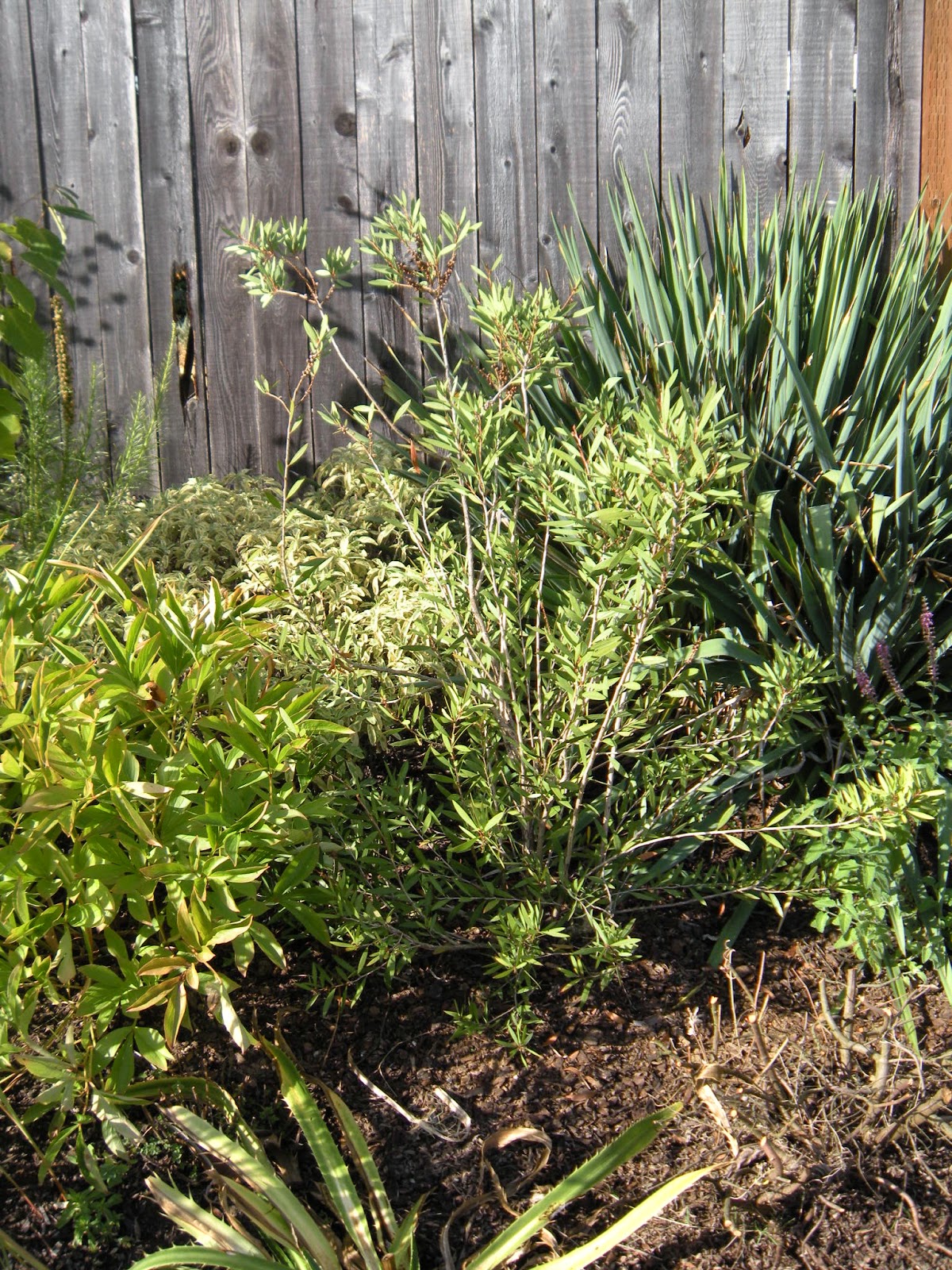In trying to figure out what I can do with it once it is ready to harvest, I have come across many interesting facts about sorghum.
Sorghum is an annual grass. Most varieties grown in the U.S. are dwarf varieties, with canes under 5' in height and suitable for harvesting with farm machinery. There are taller-stemmed varieties which are grown in other countries too.
It's been amazing to watch it take off in my garden. It was only planted mid-May and now almost the first week of August, it's nearing 7' tall and about to bloom!
 |
| Such cute little babies! |
 |
| First week of July |
Sorghum originated in Africa approximately 8,000 BC, and then spread through the Middle East and Asia via ancient trade routes, traveling to the Middle East, India and China along the Silk Road.
The first known record of sorghum in the U.S. comes from Ben Franklin in 1757, who wrote about using it to make brooms. He's also believed to have introduced the first grain sorghum crop to the United States.
Sorghum isn't nearly as famous as the "big three" grains of global agriculture: corn, rice and wheat. Sorghum is, however, the third most important cereal crop in the U.S. and the fifth (after wheat, rice, corn, and barley) most important crop grown around the world.
 |
| The Jamaican Calabash is threatening to take over the world and trying to escape! |
Both corn and sorghum can be grown under a wide range of soil and climatic conditions. But unlike corn, sorghum's yields under different conditions doesn't vary as much. Consequently, it is grown primarily in arid areas where corn wouldn't make it without substantial irrigation. Corn loves it's water!
Sorghum still remains a staple food in parts of the world like India and Africa. Eighty percent of the area devoted to sorghum is located within Africa and Asia.
Sorghum has been widely cultivated in the U.S. since the 1850s for use in sweeteners, primarily in the form of syrup. The first seeds coming over from Africa on slave ships in the 1700s.
Sorghum flour is naturally gluten-free, which makes the flour produced from it's grains important for baked goods and cereal. The seeds can be cooked like rice, made into porridge, or baked into breads.
 |
| July 29th! |
 |
| The canes are getting ready to flower. |
What's the difference between sweet sorghum syrup, sorghum molasses and molasses?
The juice extracted from sweet sorghum cane is pure sorghum, or sometimes called sorghum molasses. Real molasses is made from pressed sugar cane. In each case though, the pressed juices are clarified and concentrated (boiled) to make a condensed syrup.
I plan to taste-test the cane - it can be chewed like a piece of sugar cane. I have too little cane and lack the equipment to press them to make syrup, but here is an interesting link on how to make syrup from Sorghum.
The seed from the sorghum can be popped like popcorn, which is what I am most looking forward to trying. There are videos online on how to pop it just like popcorn. All I have to do is figure out how to remove the seeds (and winnow?!?) them to get all the bad parts out.
Sounds like fun? Or perhaps a lot of work?
































